A darts tournament knockout handicap levels the playing field, giving less skilled players a fighting chance against more experienced opponents by spotting them points; this ensures competitive and engaging matches for everyone involved. This article explores everything you need to know about implementing and managing handicap systems in your darts tournaments, covering various methods, calculating handicaps, and addressing common challenges.
⚠️ Still Using Pen & Paper (Of een schoolbord)?! ⚠️
Stap in de toekomst! De Dart Teller -app behandelt alle scoren, stelt kassa voor, en volgt uw statistieken automatisch. It's easier than you think!
Probeer de Smart Dart Teller -app gratis!Klaar voor een upgrade? Klik hierboven!
Understanding Darts Tournament Knockout Handicap Systems
The primary goal of a darts tournament knockout handicap is to equalize the chances of winning between players of differing skill levels. Without a handicap, skilled players would dominate, leading to predictable outcomes and potentially discouraging less experienced participants. A well-designed handicap system fosters a more competitive and enjoyable atmosphere for all.
Different handicap systems exist, each with its own method of calculation and application. Some common approaches include:
- Point-Based Handicaps: A player receives a certain number of points added to their score at the start of the game.
- Score-Reduction Handicaps: A player starts with a lower target score (Bijv., 301 instead of 501).
- Throw Handicaps: A player is allowed an extra throw in a leg or match.
- Average-Based Handicaps: Handicaps are calculated based on a player’s historical average score.
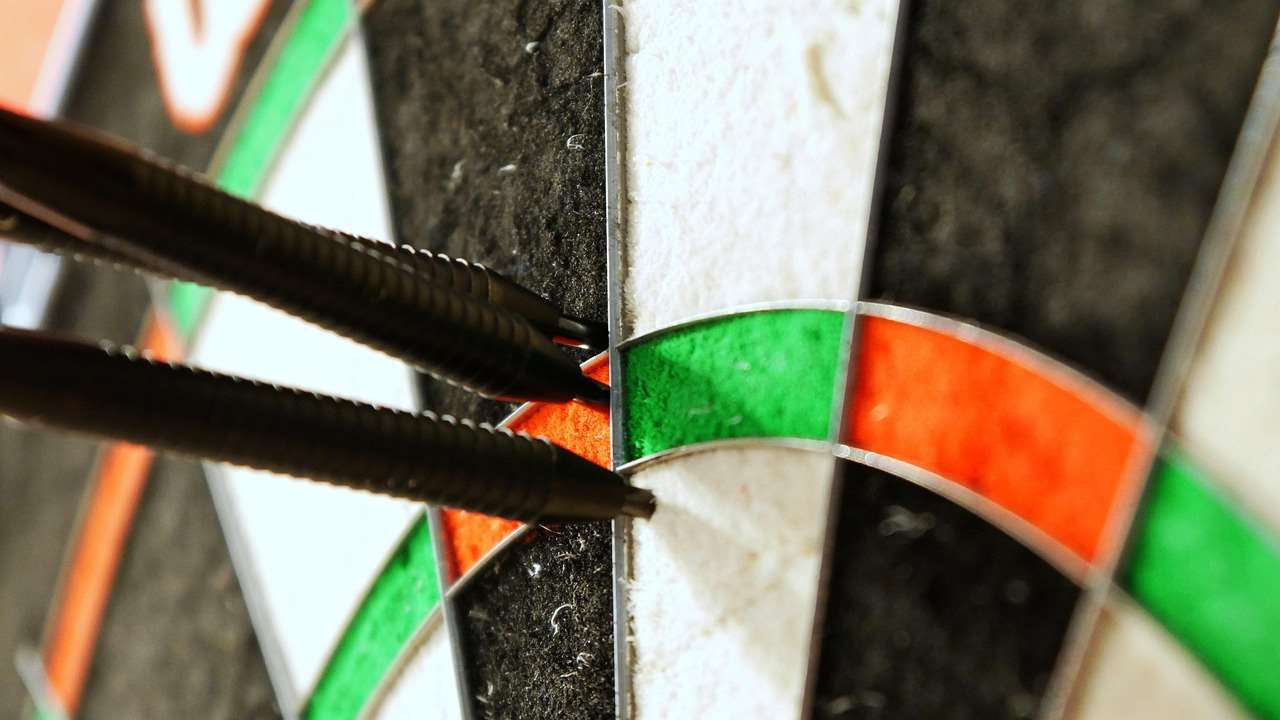
The choice of which system to use often depends on the size and format of the tournament, the range of player abilities, and the preferences of the organizers. Regardless of the chosen method, transparency and clear communication are crucial for ensuring fairness and acceptance among participants.
Calculating a Darts Handicap
Accurate handicap calculation is vital for the success of any darts tournament knockout handicap system. Several methods can be used, ranging from simple to more complex.
Using Player Averages
One of the most reliable methods involves using player averages. To calculate a handicap based on averages:
- Gather Data: Collect the average scores of all participants over a sufficient number of games. This could be from previous tournaments, league play, or practice sessions.
- Establish a Baseline: Determine a baseline average score to which all other averages will be compared. This could be the average of the top player, the overall average of all players, or a predetermined target average.
- Calculate the Difference: For each player, calculate the difference between their average and the baseline average.
- Apply a Scaling Factor: Multiply the difference by a scaling factor to determine the handicap amount. The scaling factor controls the magnitude of the handicap. A larger scaling factor results in larger handicaps, while a smaller factor produces smaller handicaps.
Bijvoorbeeld, if the baseline average is 60, and a player’s average is 45, the difference is 15. If the scaling factor is 0.5, the handicap would be 7.5 points per leg.
Handicapping Based on Playing Experience
In situations where accurate average scores are unavailable, handicaps can be estimated based on playing experience and self-assessment. This is inherently less precise but can still provide a reasonable starting point.
- Beginner: Little to no experience, inconsistent throwing, low scores.
- Intermediate: Regular player, improving accuracy, moderate scores.
- Advanced: Experienced player, consistent throwing, Hoge scores.
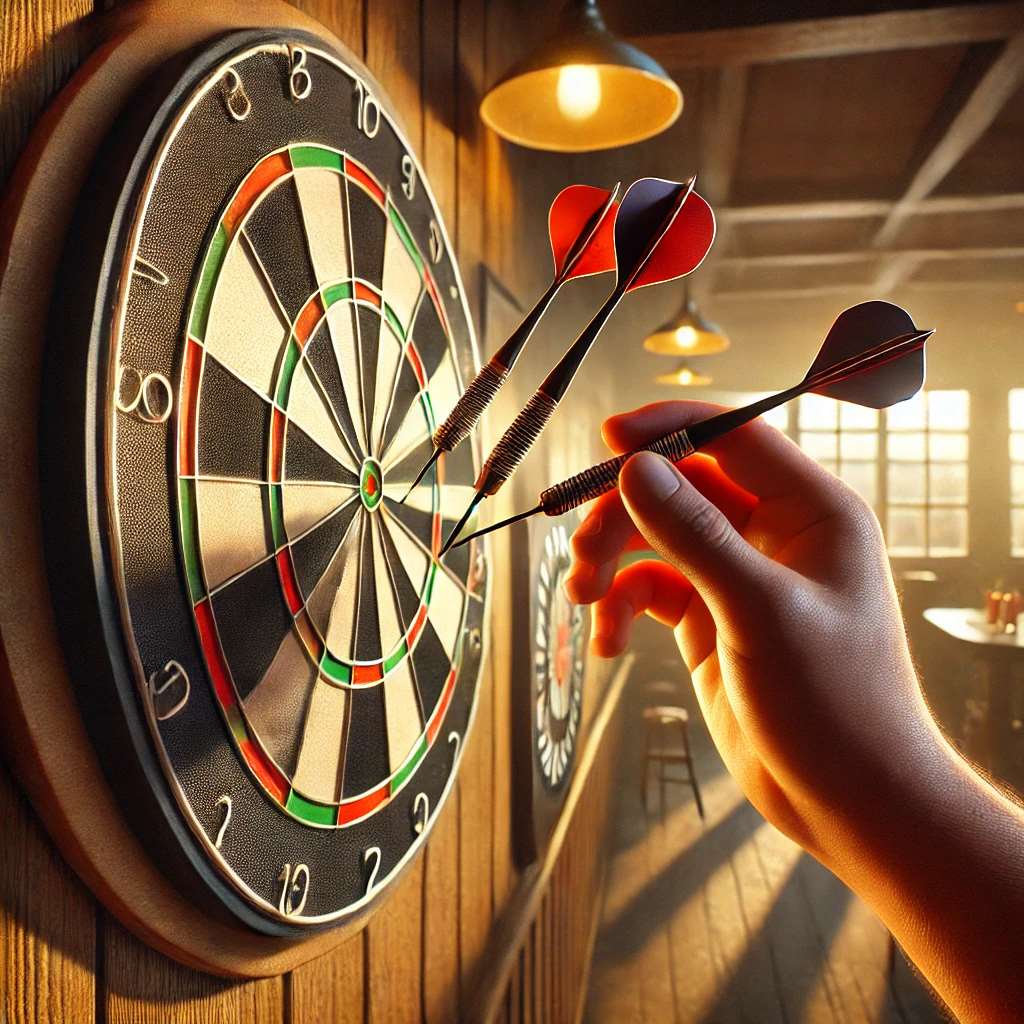
Allocate handicaps based on these categories. Bijvoorbeeld, beginners might receive a substantial point advantage, intermediates a moderate advantage, and advanced players little or no advantage. Remember to emphasize that a darts tournament knockout handicap aims to be fair and inclusive.
It’s also helpful to observe players during practice rounds to refine the handicaps based on actual performance.
Adjusting Handicaps Dynamically
Consider implementing a dynamic handicap system where handicaps are adjusted based on performance during the tournament. If a player consistently outperforms their initial handicap, their handicap could be reduced for subsequent matches. This helps maintain fairness and competitiveness throughout the event. Learning Basic Darts Fundamentals for Beginners can improve performance.
Implementing Handicaps in Knockout Tournaments
The implementation of a darts tournament knockout handicap requires careful planning and clear communication to ensure smooth operation and player acceptance.
Communicating the Handicap System
Clearly explain the handicap system to all participants before the tournament begins. This includes the method of calculation, the rules for applying the handicap, and any provisions for adjusting handicaps during the event. Transparency is key to building trust and preventing disputes.
Provide written documentation outlining the handicap system and be available to answer questions and address concerns.
Applying Handicaps in Knockout Matches
The method of applying the handicap depends on the chosen system. For point-based handicaps, the lower-skilled player starts each leg with the designated point advantage. For score-reduction handicaps, the lower-skilled player aims to reach a lower target score. Consider Darts -regels aanpassen voor beginners if needed.
Handling Ties and Close Matches
Establish clear rules for handling ties and close matches. In some cases, a sudden-death leg might be used, with the handicap applied as normal. Alternatively, a tiebreaker system could be implemented, such as requiring each player to throw at the bullseye, with the closest throw winning.
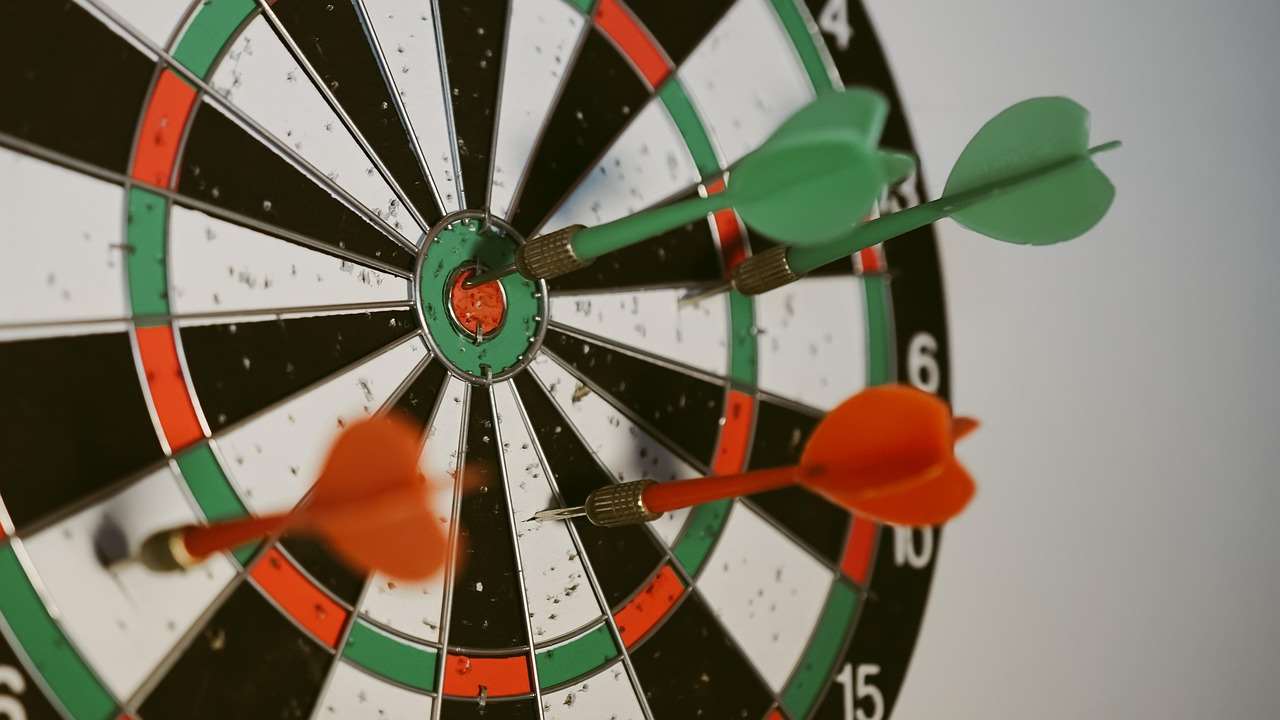
Addressing Common Challenges and Disputes
Even with careful planning, challenges and disputes can arise when implementing a darts tournament knockout handicap. Here are some common issues and how to address them:
Inaccurate Handicap Assessments
Inaccurate handicap assessments are a frequent source of complaints. To minimize this, use the most accurate data available when calculating handicaps. Consider implementing a probationary period where handicaps are adjusted based on initial performance.
Sandbagging
**Sandbagging**, where a player intentionally underperforms to receive a more favorable handicap, is a serious concern. Combat this by closely monitoring player performance and being willing to adjust handicaps if sandbagging is suspected. Implementing a system where players must provide documented average scores from previous leagues or tournaments can also help. You might also consider using a system similar to that used in How to Make Darts Fairer With Handicap Rules.
Player Complaints and Disputes
Establish a clear process for handling player complaints and disputes. Appoint a designated tournament official to mediate disputes and make fair and impartial decisions. Document all complaints and resolutions to ensure consistency.
Maintaining Fairness and Transparency
Maintaining fairness and transparency is crucial for the long-term success of a darts tournament knockout handicap system. Regularly review the handicap system and make adjustments as needed to ensure it remains effective and equitable. Clearly communicate any changes to the system to all participants.
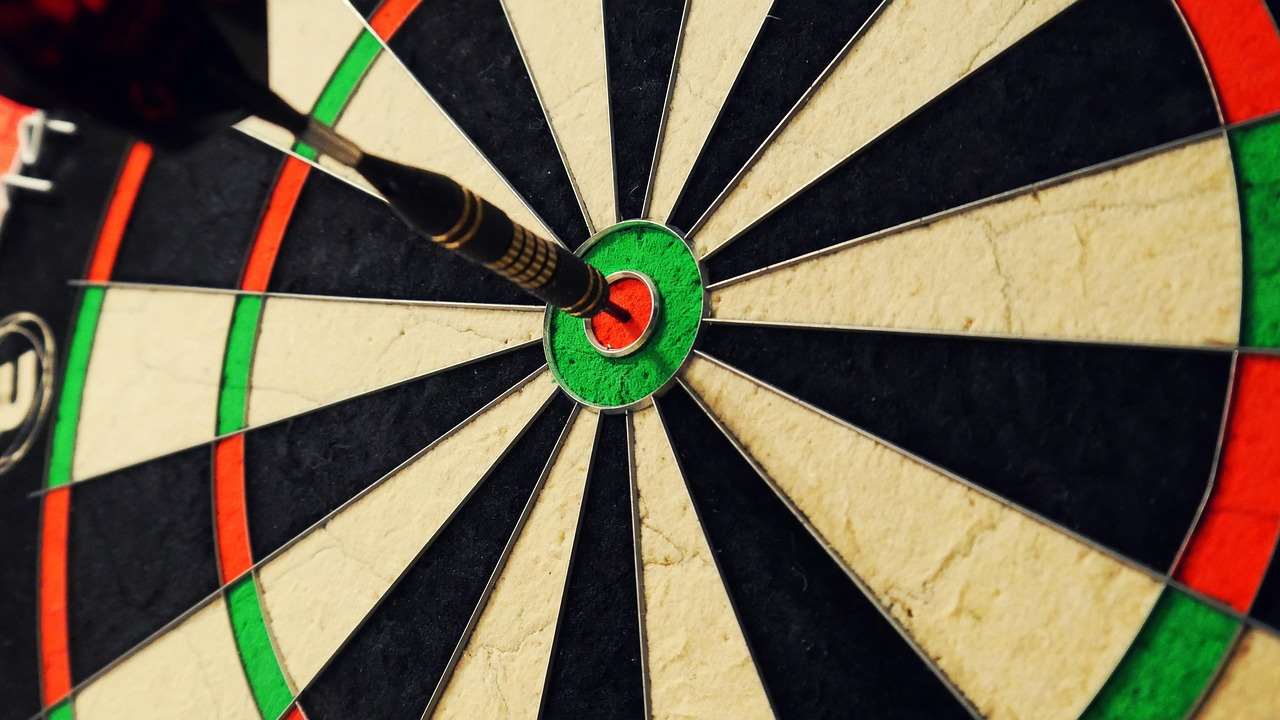
Benefits of Using a Handicap System
While challenges exist, the benefits of using a darts tournament knockout handicap system are significant:
- Increased Participation: Handicaps encourage players of all skill levels to participate, leading to larger and more diverse tournaments.
- Enhanced Competitiveness: Handicaps create more competitive matches, as less skilled players have a realistic chance of winning.
- Improved Player Engagement: Handicaps keep players engaged and motivated, as they feel they are competing on a more level playing field.
- Greater Enjoyment: Handicaps make the tournament more enjoyable for everyone involved, regardless of their skill level.
Uiteindelijk, a well-implemented handicap system can transform a darts tournament from a predictable showcase of skill into an exciting and inclusive event for all.
Alternative Handicap Systems and Considerations
Beyond the common methods, explore alternative handicap systems and consider factors like team play.
Team Handicaps
If the tournament includes team events, handicapping teams can be more complex. You can average individual handicaps or use a weighted average to reflect the team’s overall skill level. Ensure you have a policy for teams with newly formed players, and their experience within team events is factored in appropriately.
Novelty Systems
For casual or fun tournaments, you could incorporate novelty handicaps such as:
- Non-Dominant Hand: Requiring the stronger player to throw with their non-dominant hand.
- Distance Handicap: Moving the stronger player further back from the oche.
Remember that the goal here is fun, not necessarily perfect fairness.
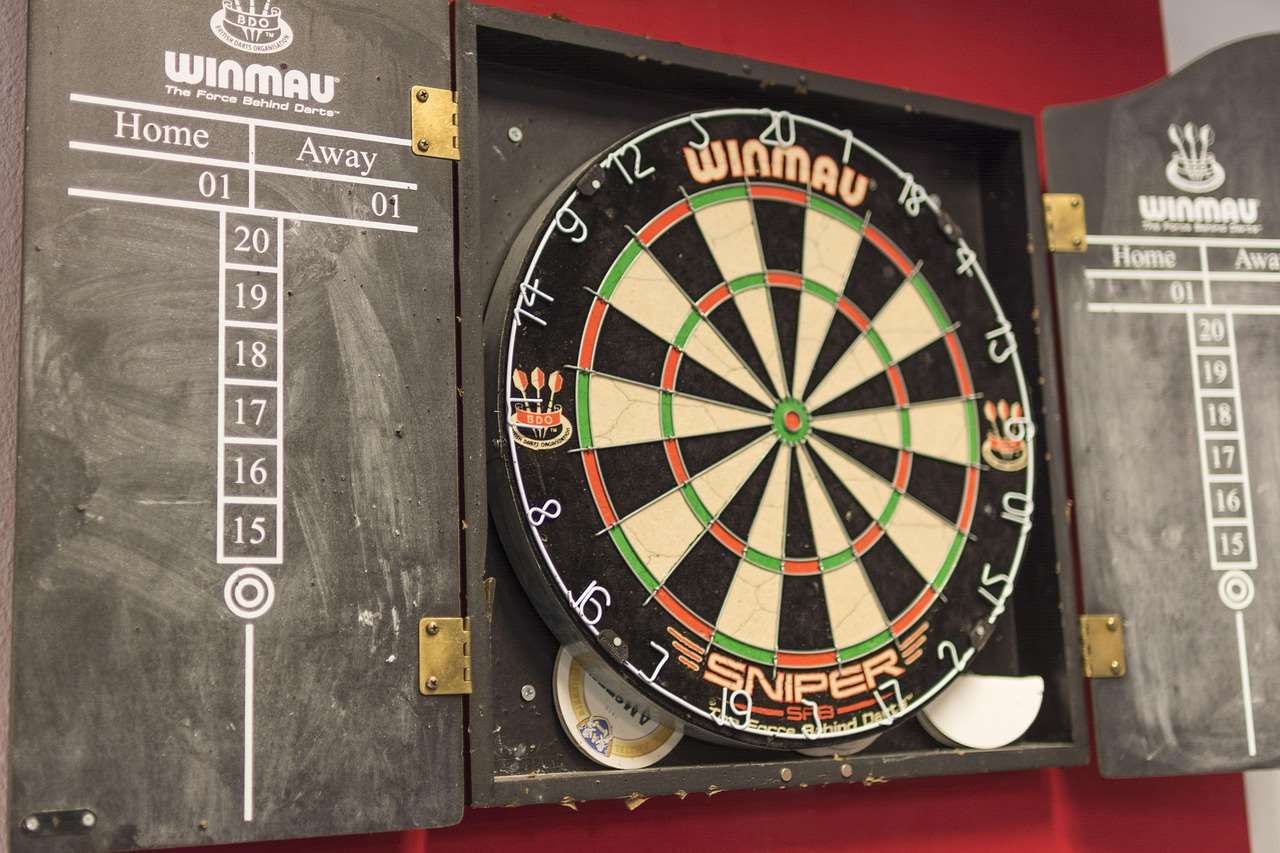
Considering Psychological Factors
The psychological impact of a darts tournament knockout handicap is significant. Lower-skilled players might feel more confident knowing they have an advantage, while higher-skilled players might feel added pressure to perform. Managing these psychological factors is important for ensuring a positive tournament atmosphere.
Conclusie: Making Handicaps Work for Your Tournament
Implementing a darts tournament knockout handicap is an effective way to create a more inclusive and competitive environment. By understanding the various handicap systems, calculating handicaps accurately, and addressing common challenges effectively, you can ensure that your tournament is enjoyable for players of all skill levels. Remember that transparency and clear communication are paramount for building trust and maintaining fairness. Embrace handicaps to grow your darts community and create unforgettable tournament experiences. Start planning your next handicapped darts tournament today! Don’t forget to share this article with fellow darts enthusiasts and organizers to spread the word about the benefits of handicap systems!
Hoi, Ik ben Dieter, En ik heb Dartcounter gemaakt (Dartcounterapp.com). Mijn motivatie was geen darts -expert - helemaal tegenovergestelde! Toen ik voor het eerst begon te spelen, Ik hield van het spel, maar vond het moeilijk en afleidend om nauwkeurige scores te houden en statistieken te volgen.
Ik dacht dat ik niet de enige kon zijn die hiermee worstelde. Dus, Ik besloot om een oplossing te bouwen: een eenvoudig te gebruiken applicatie die iedereen, Ongeacht hun ervaringsniveau, zou kunnen gebruiken om moeiteloos te scoren.
Mijn doel voor Dartcounter was eenvoudig: Laat de app de nummers afhandelen - het scoren, de gemiddelden, de statistieken, Zelfs checkout suggesties - zodat spelers puur kunnen richten op hun worp en genieten van het spel. Het begon als een manier om het probleem van mijn eigen beginners op te lossen, En ik ben heel blij dat het is uitgegroeid tot een nuttig hulpmiddel voor de bredere darts -community.